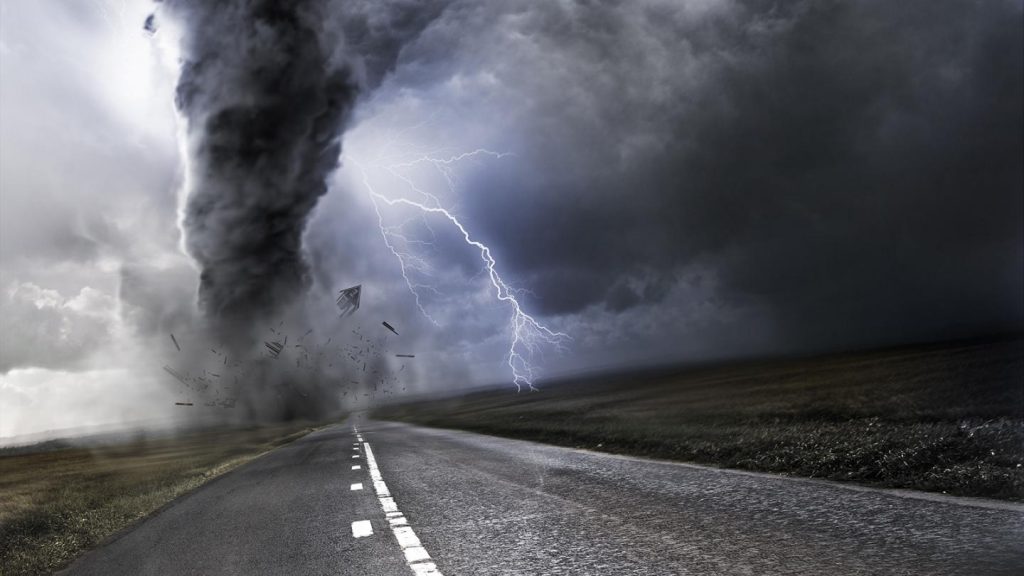Tornadoes have historically been a problem that has been generally confined to the Heartland and Midwest. However, as weather patterns change, tornadoes have been forming in different parts of the country, and this trend is expected to continue for the foreseeable future. Consequently, we should all take time to develop or improve tornado preparedness strategies, just to be on the safe side, even if we don’t live in an area that has historically been prone to tornadoes.
What’s interesting as while about 1500 tornadoes strike the United States every year, only a handful of deaths have been reported in 2016 and 2017. In fact, only 35 people were killed last year. However, tornadoes have caused more than a billion dollars in damage last year alone, and thousands of people have been injured as well. We can chalk this up to a combination of geography, preparedness and plain luck. Most damaging twisters have occurred in sparsely-populated areas over the past couple of years. Good forecasting and warning systems have been able to give people in a twister’s path time to seek shelter as well.
However, it’s important to remember that a twister can strike a populated area just as easily as it can touch down on farmland, and the fact that more communities haven’t been hit is a stroke of good fortune rather than a trend. Don’t be lulled into a false sense of security because of this temporary pattern, and take tornado preparedness seriously, no matter where you live.
Sadly Predictable
Unfortunately, the majority of injuries and deaths can be attributed to being at the wrong place at the wrong time. The highest totals involve people who were in their vehicles when a tornado struck. The second-highest involves those who were in mobile homes, and the third involves people who were outside when they should have been seeking shelter instead. This data should serve to reinforce the importance of seeking appropriate shelter when a tornado warning is issued, even if you don’t think that the twister will bear down on your location at the time.
It should also reinforce the importance of respecting the power and unpredictable behavior of tornadoes and getting as far from them as possible. Always remember that most tornado-related injuries and deaths are preventable, but it’s up to us to be prudent and err on the side of caution when they strike.
Be Prepared
Because tornadoes strike with little warning, it’s important to know what to do beforehand. Make sure that you have a good tornado plan in place. Know appropriate forms of shelter, know how to seek refuge when a warning goes off, and know what to do in the aftermath. Consider getting a weather radio or enabling your phone to receive alerts. Not only will these tools help in advance of a twister, but they can be invaluable in terms of getting information after the fact as well.
Don’t let the low death toll lull you into a false sense of security when it comes to tornadoes. Tornadoes kill, the destroy communities and they alter lives. Being prepared may not prevent devastation, but it can definitely put you in an advantageous position to cope with the storm and its aftermath.
